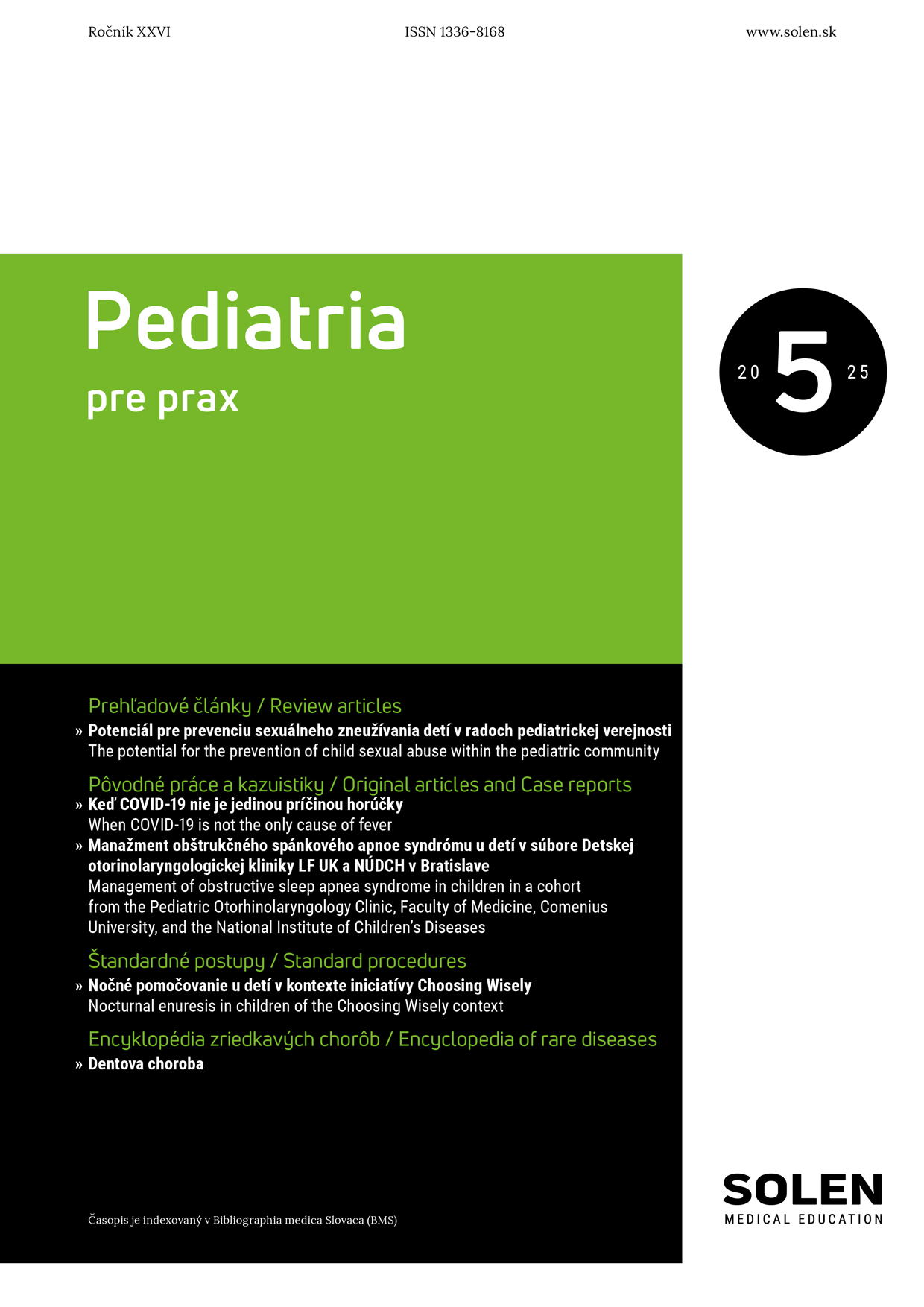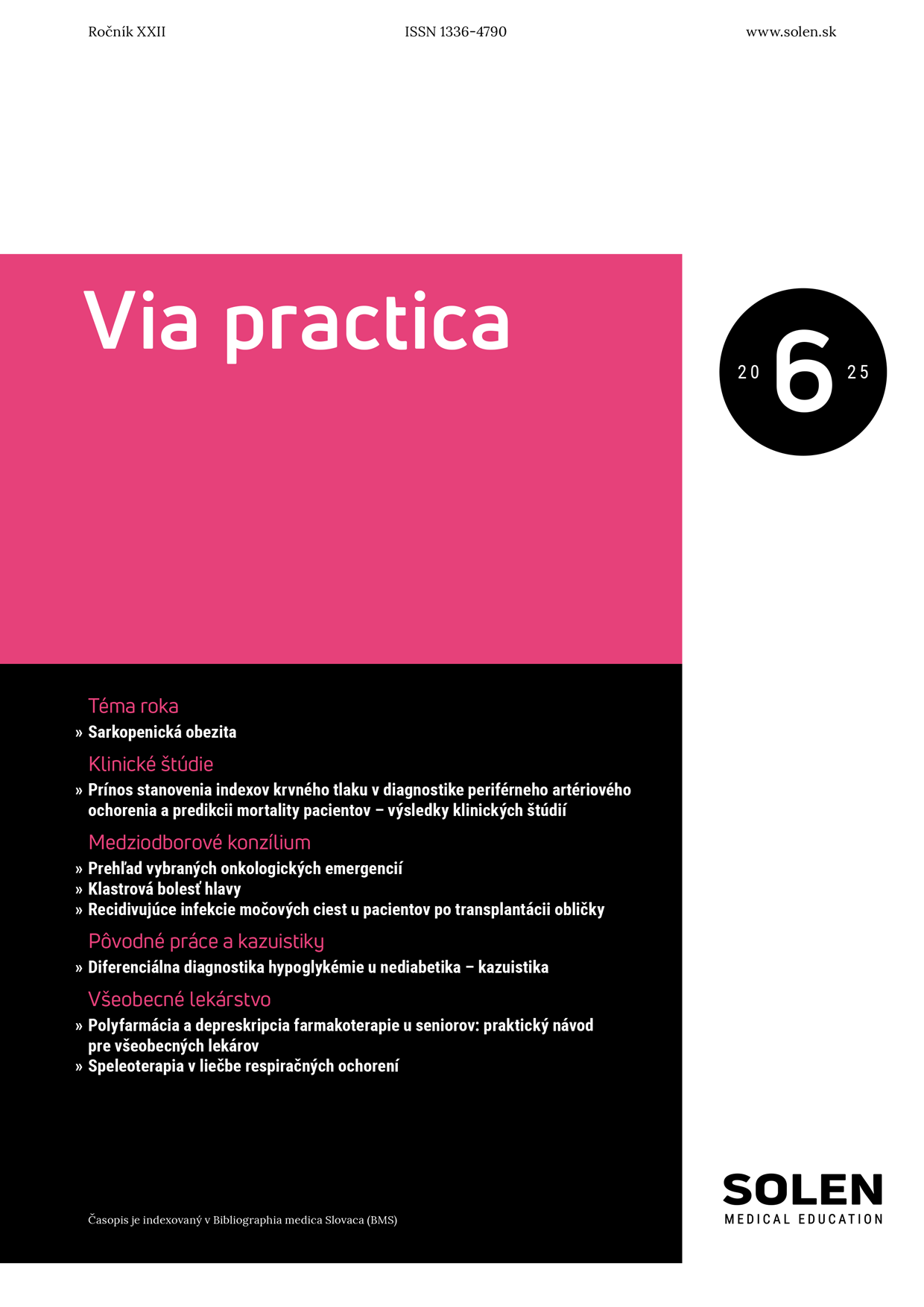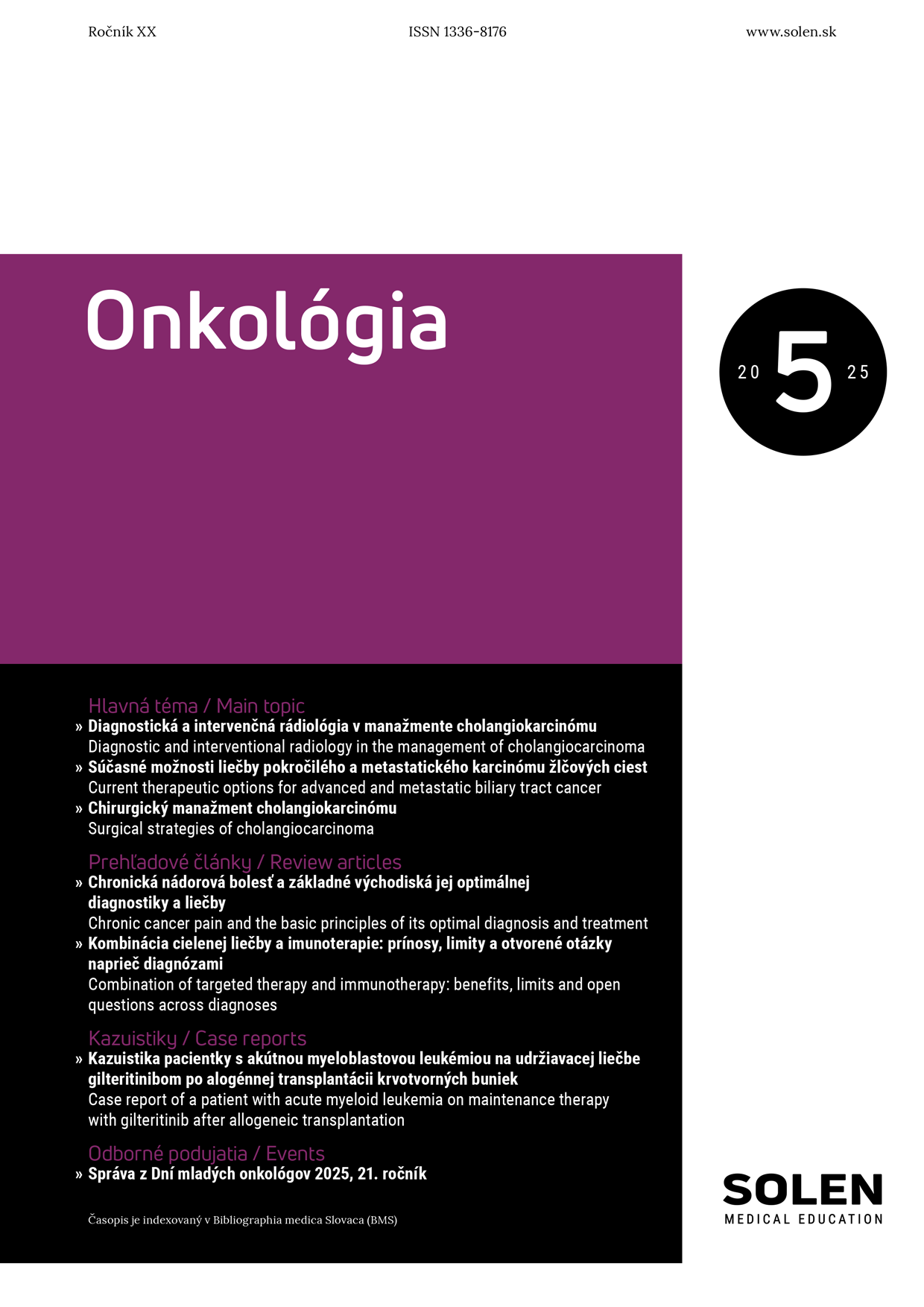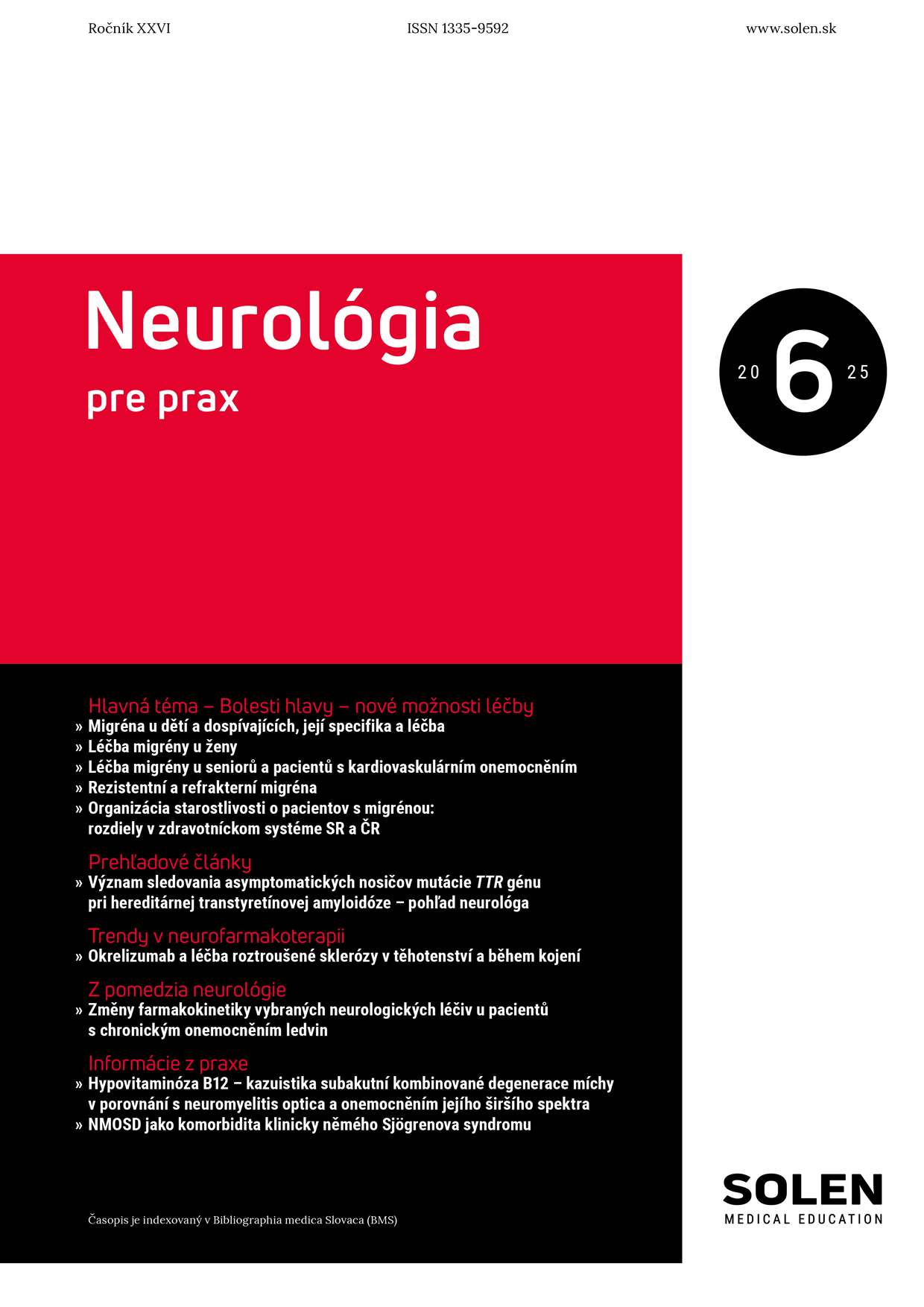Onkológia 5/2011
Role of vaccination in control of human papillomavirus infection
Human papillomaviruses (HPV) were considered to be the origin of completely trivial disease even till the 70th of the last century. Only with the discovery of their oncogenic potential, the door was opened to the development of anticancer vaccines and in 2006 the foundation was laid for the primary prevention of cancer in the form of vaccination. HPV vaccines are most important in the prevention of cervical cancer because of their 100% association with HPV infection and they provide protection against the most common cancer-causing HPV types, HPV 16, 18, 31, 33 and 45. The two available HPV vaccines (bivalent and quadrivalent) differ only by their composition, indication, immunogenicity, but also efficiency. Vaccination with bivalent and quadrivalent vaccine significantly reduces the incidence of cervical, vulvar, vaginal and anogenital lesions with 93% efficiency, 62% respectively. Vaccination with a bivalent vaccine may protect against the emergence of high-grade cervical lesions (CIN3 +), regardless of HPV type lesion in 93% of girls and reduces the frequency of definitive therapeutic interventions in the cervix by more than 70%. Inclusion of HPV vaccination into national immunization programs of different countries are currently considered to be a priority and at least 18 European countries already made so in the beginning of 2011.
Keywords: HPV infection, cervical cancer, papillomavirus, immunogenicity, vaccines

















